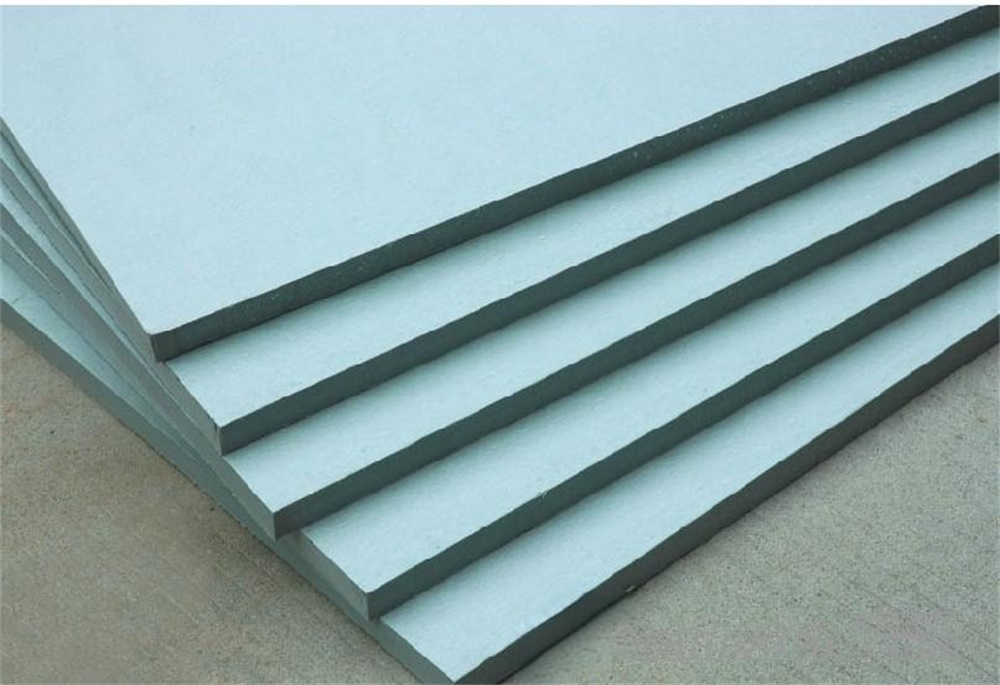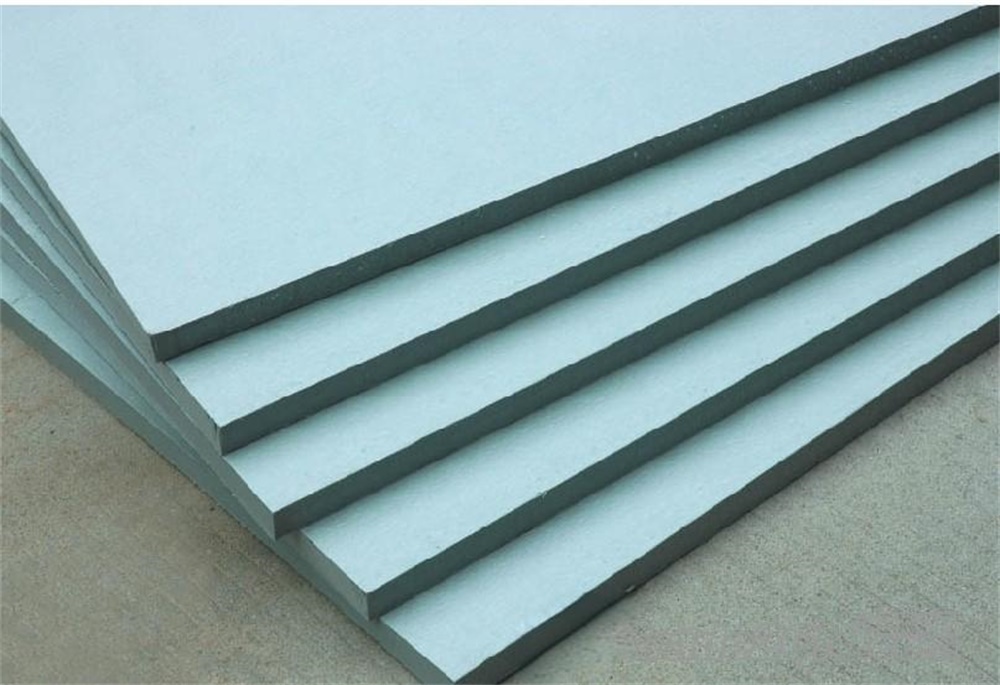November 25, 2024
During the cold season, stepping into a warm and cozy bathroom is a great way to enhance your home experience. As an important part of modern home comfort, the electric floor heating system not only provides a mild heat source, but also increases the beauty and practicality of the bathroom. So how to install electric floor heating in the bathroom has also become a concern for many families. This article will delve into how to effectively install an electric underfloor heating system in your bathroom to ensure safety, efficiency and durability.

Choose the right electric floor heating products
Choosing an electric floor heating product suitable for the bathroom environment is crucial. Common types of electric floor heating on the market include heating cables and electric thermal film. Considering the high humidity of the bathroom, it is recommended to use a waterproof heating cable system, which is designed for humid environments and can guarantee long-term stable operation.
Evaluate bathroom space and heat load requirements
Before purchasing an electric floor heating system, it is necessary to accurately measure the space size of the bathroom, and calculate the required heat load according to the thermal insulation performance of the room, the size of the window and the external climate conditions. This step is essential to determine the required electric underfloor heating power and budget.

Prepare the bathroom floor
Before installing electric floor heating, ensure that the bathroom floor is smooth, dry and free of dust. The ground should be insulated to reduce heat loss downwards and improve the heating efficiency of the entire system. In addition, in order to prevent the cracking of floor materials such as tiles, a special floor heating reflective film can be considered.

Laying heating cables accurately
According to the instruction manual provided by the manufacturer, lay the heating cable evenly on the thermal insulation layer at a reasonable distance. Ensure that the required distance between cables and between cables and walls is maintained to avoid overheating or uneven heat. After the cable is laid, special testing instruments should be used to check its continuity and insulation.

Cover the heat transfer layer and surface material
The heating cable is covered with a heat transfer layer, such as fine stone concrete or special heat conduction plate, to ensure that the heat is evenly distributed to the ground surface. Finally, choose and install tiles, marble or other types of floor decoration materials according to personal preference.

Connect the power supply and test the system
After completing the floor construction, connect the electric floor heating system to the power supply and debug it according to the manufacturer's instructions. At this stage, the system is checked to ensure that the thermostat is set correctly for optimal heating and energy efficiency.

Precautions and maintenance
During the installation, pay attention to the waterproof treatment of the electric floor heating system to avoid moisture in parts such as cable joints. At the same time, check the operating status of the system regularly, and clean up dust and impurities in time to extend the service life.
